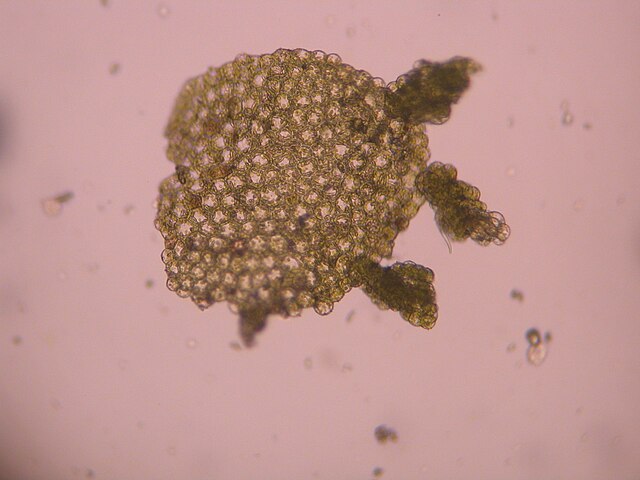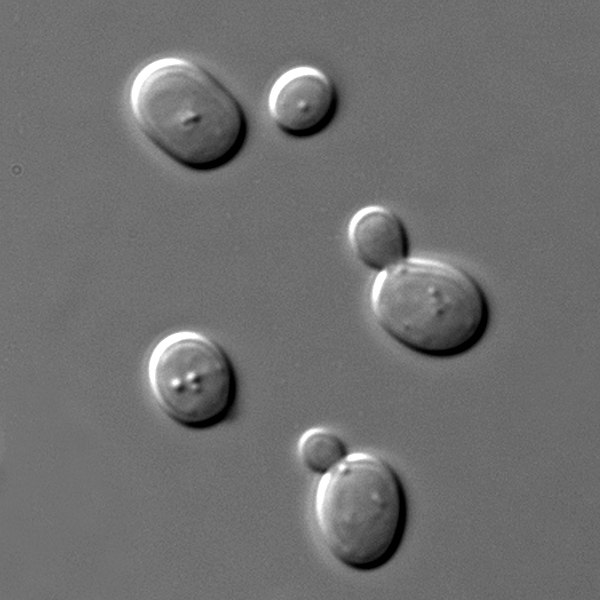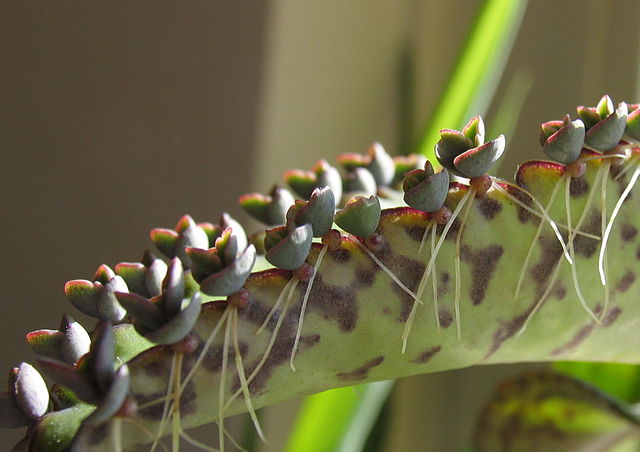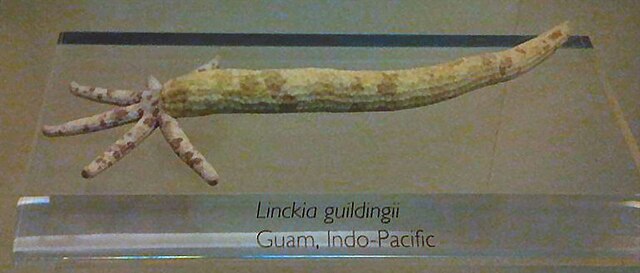Cloning is the process of producing individual organisms with identical genomes, either by natural or artificial means. In nature, some organisms produce clones through asexual reproduction; this reproduction of an organism by itself without a mate is known as parthenogenesis. In the field of biotechnology, cloning is the process of creating cloned organisms of cells and of DNA fragments.
Many organisms, including aspen trees, reproduce by cloning, often creating large groups of organisms with the same DNA. One example depicted here is quaking aspen.
Cloning cell-line colonies using cloning rings
Propagating plants from cuttings, such as grape vines, is an ancient form of cloning.
The taxidermied body of Dolly the sheep
Asexual reproduction is a type of reproduction that does not involve the fusion of gametes or change in the number of chromosomes. The offspring that arise by asexual reproduction from either unicellular or multicellular organisms inherit the full set of genes of their single parent and thus the newly created individual is genetically and physically similar to the parent or an exact clone of the parent. Asexual reproduction is the primary form of reproduction for single-celled organisms such as archaea and bacteria. Many eukaryotic organisms including plants, animals, and fungi can also reproduce asexually. In vertebrates, the most common form of asexual reproduction is parthenogenesis, which is typically used as an alternative to sexual reproduction in times when reproductive opportunities are limited. Komodo dragons and some monitor lizards can reproduce asexually.
Asexual reproduction in liverworts: a caducous phylloid germinating
The yeast Saccharomyces cerevisiae reproducing by budding
Vegetative plantlets of mother-of-thousands, Bryophyllum daigremontianum (Kalanchoe daigremontiana)
Linckia guildingi "comet", a starfish regrowing from a single arm








